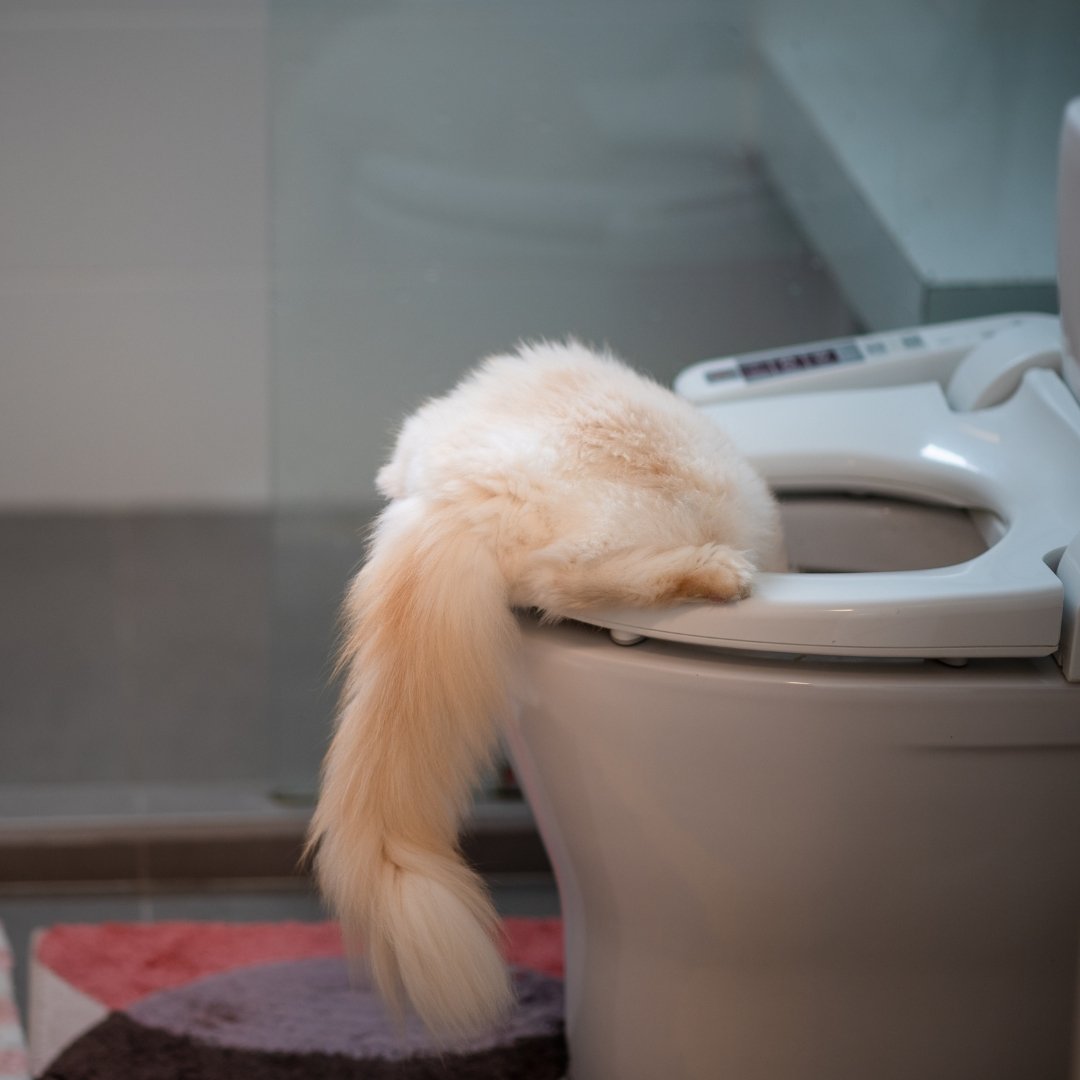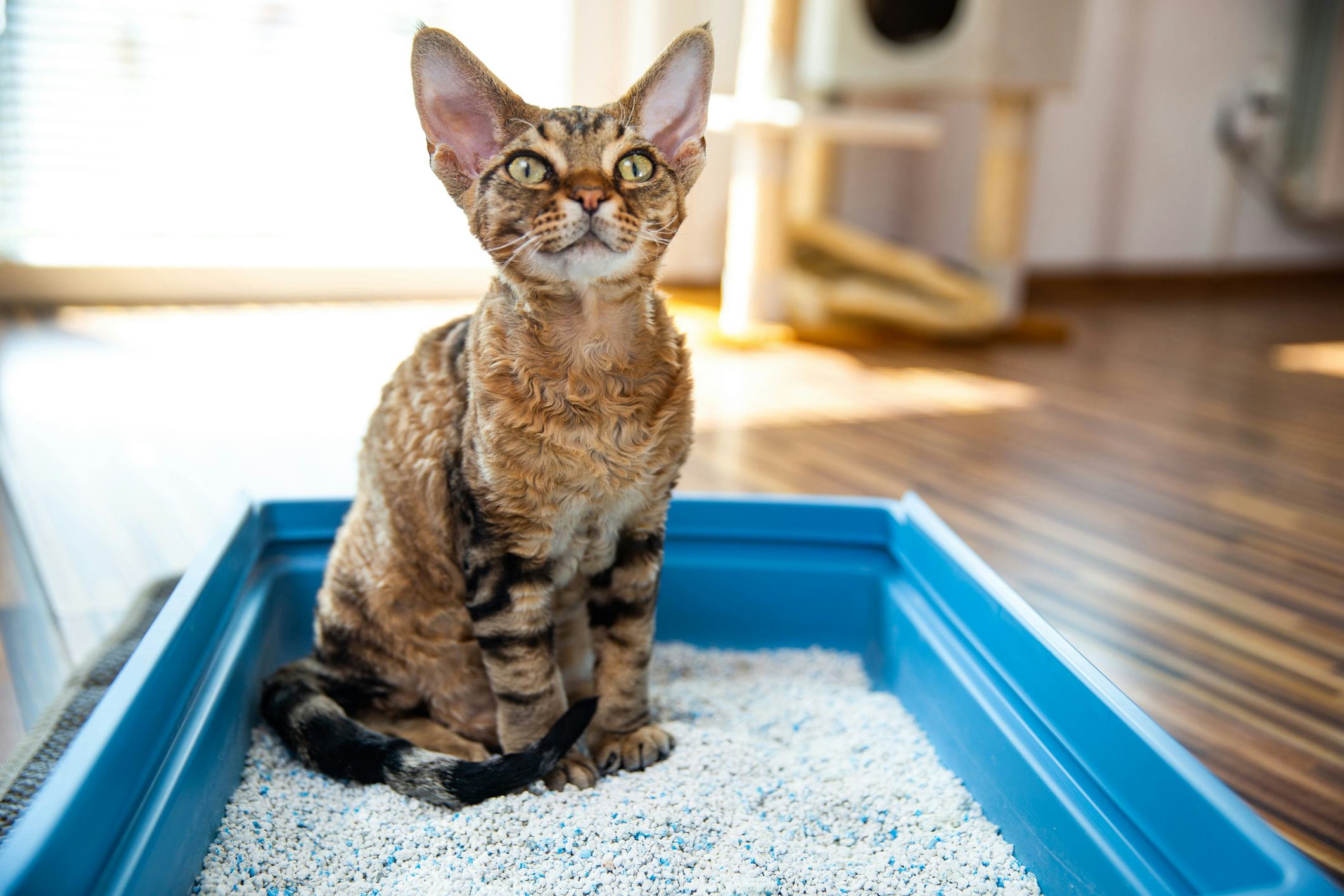My Significance of Proper Disposal of Animal Waste
My Significance of Proper Disposal of Animal Waste
Blog Article
This article on the next paragraphs on the subject of Don't Flush Your Pets Poo Down The Loo, Vet Warns is exceptionally remarkable. Read it for your own benefit and see what you think of it.

When it pertains to throwing away waste, particularly animal waste, many people usually turn to the practical alternative of flushing it down the commode. Nevertheless, this seemingly very easy option can have serious effects for the environment and public health. In this write-up, we'll check out why flushing pet waste down the toilet is a poor concept and provide alternate approaches for appropriate disposal.
Introduction
Correct garbage disposal is important for maintaining ecological sustainability and public health. While it may seem harmless to purge animal waste down the commode, it can bring about different concerns, both for the atmosphere and human health.
Dangers of flushing pet waste
Ecological influence
Flushing animal waste introduces unsafe bacteria and pathogens into waterways, which can adversely influence aquatic communities. These pathogens can contaminate water resources and damage marine life, disrupting delicate ecosystems.
Public health problems
Pet waste includes damaging germs such as E. coli and Salmonella, which can position serious wellness dangers to humans. Purging animal waste down the commode can contaminate water materials, bring about the spread of diseases and infections.
Alternatives to flushing
As opposed to purging pet waste down the toilet, there are a number of alternate disposal methods that are much more environmentally friendly and hygienic.
Composting
Composting animal waste is a green means to deal with it. By composting, organic matter is broken down into nutrient-rich soil, which can be used to fertilize gardens and plants.
Landfill disposal
Getting rid of animal waste in a garbage dump is one more choice. While not as eco-friendly as composting, it is a safer choice to flushing, as it stops the contamination of water sources.
Pet dog garbage disposal systems
There are specialized pet waste disposal systems available that safely and hygienically get rid of pet waste. These systems typically use enzymes to break down waste and eliminate smells.
Steps to correct animal garbage disposal
To make sure proper disposal of pet waste, follow these actions:
Scooping and nabbing waste
Routinely scoop and bag pet waste using eco-friendly bags. This avoids waste from infecting the environment.
Making use of designated waste bins
Dispose of bagged pet waste in marked waste bins, such as compost bins or landfill bins. Prevent flushing it down the bathroom in any way prices.
Cleaning litter boxes and family pet locations consistently
Regularly clean litter boxes and pet dog areas to prevent the buildup of waste and bacteria. Usage pet-safe cleansing items to keep health.
Benefits of proper disposal approaches
Embracing correct disposal techniques for animal waste supplies a number of benefits:
Lowered environmental pollution
Correct disposal methods lower the threat of environmental pollution, protecting rivers and ecosystems from get more info contamination
Reduced danger of water contamination.
By staying clear of flushing animal waste down the toilet, the danger of water contamination is significantly decreased, securing public health.
Improved hygiene and health
Appropriate disposal methods promote far better cleanliness and health, creating a more secure setting for both humans and animals.
Final thought
To conclude, flushing animal waste down the toilet is damaging to the atmosphere and public health. By taking on alternate disposal techniques and complying with appropriate waste monitoring practices, we can minimize the unfavorable influence of animal waste and add to a cleaner, healthier world.
Why You Should Never Flush Cat Poop Down the Toilet
A rose by any other name might smell as sweet, but not all poop is created equal. Toilets, and our sewage systems, are designed for human excrement, not animal waste. It might seem like it couldn’t hurt to toss cat feces into the loo, but it’s not a good idea to flush cat poop in the toilet.
First and foremost, assuming your cat uses a litter box, any waste is going to have litter on it. And even the smallest amount of litter can wreak havoc on plumbing.
Over time, small amounts build up, filling up your septic system. Most litter sold today is clumping; it is made from a type of clay that hardens when it gets wet. Ever tried to scrape old clumps from the bottom of a litter box? You know just how cement-hard it can get!
Now imagine just a small clump of that stuck in your pipes. A simple de-clogger like Drano isn’t going to cut it. And that means it’s going to cost you big time to fix it.
For an amusing, graphic tale of what happens when you flush too much litter down the toilet all at once, take a few minutes to read Gene Weingarten’s 2017 Washington Post column “So that’s what happens when you flush cat litter down the toilet.”
Parasitic Contamination
Believe it or not, your healthy kitty may be harboring a nasty parasite. Only cats excrete Toxoplasma in their feces. Yet it rarely causes serious health issues in the cats that are infected. Most people will be fine too if infected. Only pregnant women and people with compromised immune systems are at risk. (If you’ve ever heard how women who are expecting are excused from litter cleaning duty, Toxoplasma is why.)
But other animals may have a problem if infected with the parasite. And human water treatment systems aren’t designed to handle it. As a result, the systems don’t remove the parasite before discharging wastewater into local waterways. Fish, shellfish, and other marine life — otters in particular — are susceptible to toxoplasma. If exposed, most will end up with brain damage and many will die.
Depending on the species of fish, they may end up on someone’s fish hook and, ultimately on someone’s dinner plate. If that someone has a chronic illness, they’re at risk.
Skip the Toilet Training
We know there are folks out there who like to toilet train their cats. And we give them props, it takes a lot of work. But thanks to the toxoplasma, it’s not a good idea.
Leave the toilet to the humans, and accept your future litter cleaning duty.

Regularly clean litter boxes and pet dog areas to prevent the buildup of waste and bacteria. Usage pet-safe cleansing items to keep health.
Benefits of proper disposal approaches
Embracing correct disposal techniques for animal waste supplies a number of benefits:
Lowered environmental pollution
Correct disposal methods lower the threat of environmental pollution, protecting rivers and ecosystems from get more info contamination
Reduced danger of water contamination.
By staying clear of flushing animal waste down the toilet, the danger of water contamination is significantly decreased, securing public health.
Improved hygiene and health
Appropriate disposal methods promote far better cleanliness and health, creating a more secure setting for both humans and animals.
Final thought
To conclude, flushing animal waste down the toilet is damaging to the atmosphere and public health. By taking on alternate disposal techniques and complying with appropriate waste monitoring practices, we can minimize the unfavorable influence of animal waste and add to a cleaner, healthier world.
Why You Should Never Flush Cat Poop Down the Toilet
A rose by any other name might smell as sweet, but not all poop is created equal. Toilets, and our sewage systems, are designed for human excrement, not animal waste. It might seem like it couldn’t hurt to toss cat feces into the loo, but it’s not a good idea to flush cat poop in the toilet.
First and foremost, assuming your cat uses a litter box, any waste is going to have litter on it. And even the smallest amount of litter can wreak havoc on plumbing.
Over time, small amounts build up, filling up your septic system. Most litter sold today is clumping; it is made from a type of clay that hardens when it gets wet. Ever tried to scrape old clumps from the bottom of a litter box? You know just how cement-hard it can get!
Now imagine just a small clump of that stuck in your pipes. A simple de-clogger like Drano isn’t going to cut it. And that means it’s going to cost you big time to fix it.
For an amusing, graphic tale of what happens when you flush too much litter down the toilet all at once, take a few minutes to read Gene Weingarten’s 2017 Washington Post column “So that’s what happens when you flush cat litter down the toilet.”
Parasitic Contamination
Believe it or not, your healthy kitty may be harboring a nasty parasite. Only cats excrete Toxoplasma in their feces. Yet it rarely causes serious health issues in the cats that are infected. Most people will be fine too if infected. Only pregnant women and people with compromised immune systems are at risk. (If you’ve ever heard how women who are expecting are excused from litter cleaning duty, Toxoplasma is why.)
But other animals may have a problem if infected with the parasite. And human water treatment systems aren’t designed to handle it. As a result, the systems don’t remove the parasite before discharging wastewater into local waterways. Fish, shellfish, and other marine life — otters in particular — are susceptible to toxoplasma. If exposed, most will end up with brain damage and many will die.
Depending on the species of fish, they may end up on someone’s fish hook and, ultimately on someone’s dinner plate. If that someone has a chronic illness, they’re at risk.
Skip the Toilet Training
We know there are folks out there who like to toilet train their cats. And we give them props, it takes a lot of work. But thanks to the toxoplasma, it’s not a good idea.
Leave the toilet to the humans, and accept your future litter cleaning duty.

As an enthusiastic reader on , I imagined sharing that piece of content was worth the trouble. Sharing is caring. Helping people is fun. Thanks a lot for your time invested reading it.
Call Today Report this page